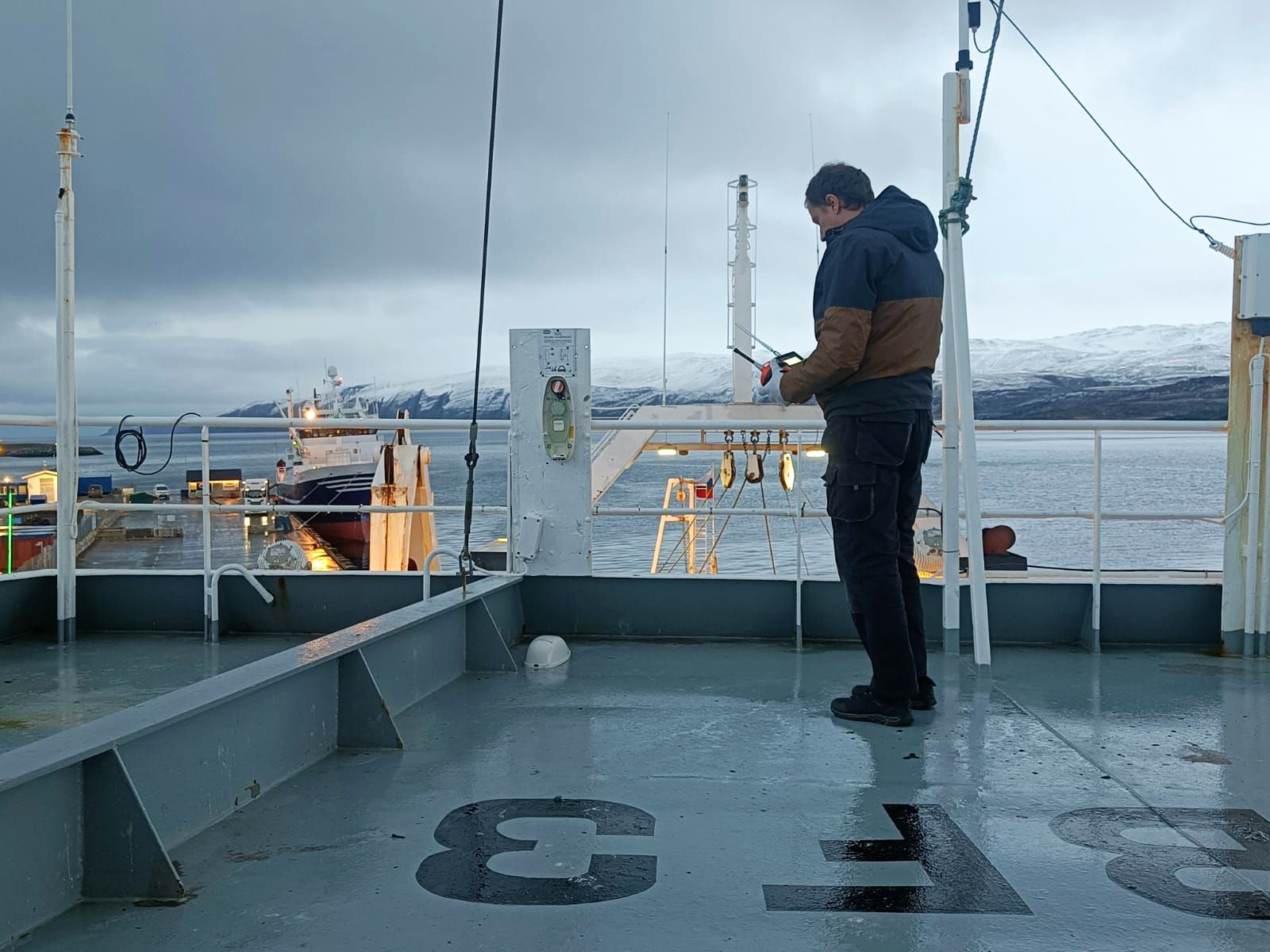How to ensure GMDSS equipment is truly operational
The Global Maritime Distress and Safety System (GMDSS) is a cornerstone of maritime safety, ensuring that ships can communicate in emergencies and receive critical safety information. However, simply assuming that GMDSS equipment is functional based on a visual inspection or crew confirmation can be a risky approach. Hidden malfunctions may go unnoticed until the equipment is urgently needed. So how can radio inspectors ensure that GMDSS equipment is truly operational?
The risks of assumptions
In some cases, inspectors may rely on a ship’s crew to confirm that the GMDSS equipment is functioning properly. However, there have been instances where equipment appeared to be in working condition but failed at a crucial moment. Factors such as battery degradation, antenna issues, or incorrect configurations can result in undetected failures.
For example, an EPIRB (Emergency Position-Indicating Radio Beacon) may activate its LED indicator, suggesting normal operation, but fail to transmit a distress signal due to an internal fault. A VHF radio might seem functional but have reduced transmission power, making distress calls ineffective over longer distances. DSC messages may appear to be sent but not actually reach their destination. These risks highlight why proper testing is essential.
Steps to ensure GMDSS equipment is fully functional
✅ Use a dedicated GMDSS tester
A professional GMDSS tester can verify signal strength, modulation quality, DSC functionality, and other crucial parameters that a simple onboard check might miss. Multifunctional test sets, such as the MRTS-7M, allow radio inspectors to conduct a thorough examination of EPIRBs, SARTs and AIS-SARTs, MF/HF and VHF radios, NAVTEX, AIS transponders, and more.
✅ Verify transmission and reception
Ensure that VHF, MF/HF radios, and AIS transponders can send and receive signals clearly.
Check for interference, degraded audio quality, or reduced transmission power that could compromise emergency communications.
✅ Test DSC functionality
Verify that DSC distress and routine messages are correctly transmitted and received on VHF and MF/HF radios.
Check that the MMSI is correctly programmed and that the radio responds appropriately to DSC calls.
✅ Test EPIRB activation and signal integrity
Conduct a self-test following the manufacturer's guidelines and use a dedicated tester to verify actual transmissions on 406 MHz, the homing signal on 121.5 MHz, and, for modern EPIRBs, the AIS distress message.
Ensure that the encoded MMSI and position data are correct and properly transmitted across all channels.
✅ Inspect NAVTEX reception
Check that the NAVTEX receiver can successfully receive messages on 490 kHz and 518 kHz.
Verify that station and message type filters (B1 and B2 codes) are set correctly.
✅ Test AIS functionality
Use a tester to confirm that Class A or Class B AIS transponders transmit accurate vessel information (MMSI, IMO number, navigational status, position, speed, course, etc.).
Check that transmission power is within expected limits — typically up to 12.5 W for Class A and 2 to 5 W for Class B units.
Verify reception from nearby AIS units or simulate AIS signals to ensure proper operation.
✅ Check battery condition and expiry dates
Batteries in EPIRBs, SARTs, and handheld VHF radios degrade over time.
Confirm they are within operational life limits and capable of sustaining transmissions for the required duration.
✅ Inspect antennas and connectors
Poor connections or corroded antennas can significantly degrade signal strength. Perform a thorough physical inspection and follow up with a transmission test to verify proper operation. Measuring the antenna’s VSWR is also essential to assess antenna health and ensure optimal performance.
✅ Review compliance with regulations
Ensure that all equipment meets IMO, SOLAS, and local regulatory requirements. Maintaining compliance is essential not only for passing inspections but for guaranteeing safe and lawful operation at sea.
✅ Document all test results
Test data and findings should be clearly recorded in the vessel's radio survey report.
Proper documentation is often required by classification societies and port state control authorities.
The role of training in effective inspections
Even experienced radio inspectors can benefit from specialized training on modern testing equipment. Online courses, such as those offered for the MRTS-7M multifunction tester, help professionals refine their skills and stay up to date with current inspection techniques and standards. Understanding how to correctly interpret test results is just as important as running the tests themselves.
Conclusion
The reliability of GMDSS equipment cannot be taken for granted. A visual check or pressing a self-test button isn’t enough — the only way to be sure is to test properly and regularly using dedicated tools.
Structured inspections, accurate documentation, and continuous training are essential parts of responsible maritime safety. In an emergency, radio equipment must work — no surprises, no excuses.
Would you like to learn more about advanced GMDSS testing methods?
Explore our online training courses to enhance your inspection expertise: https://edu.gmdsstesters.com
By Olga Davydova






Be the first to comment